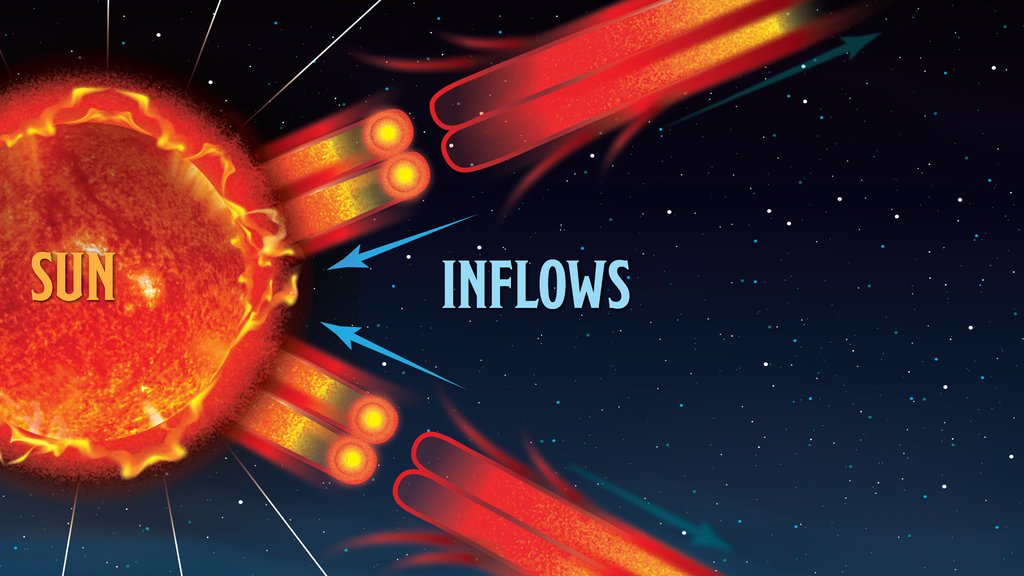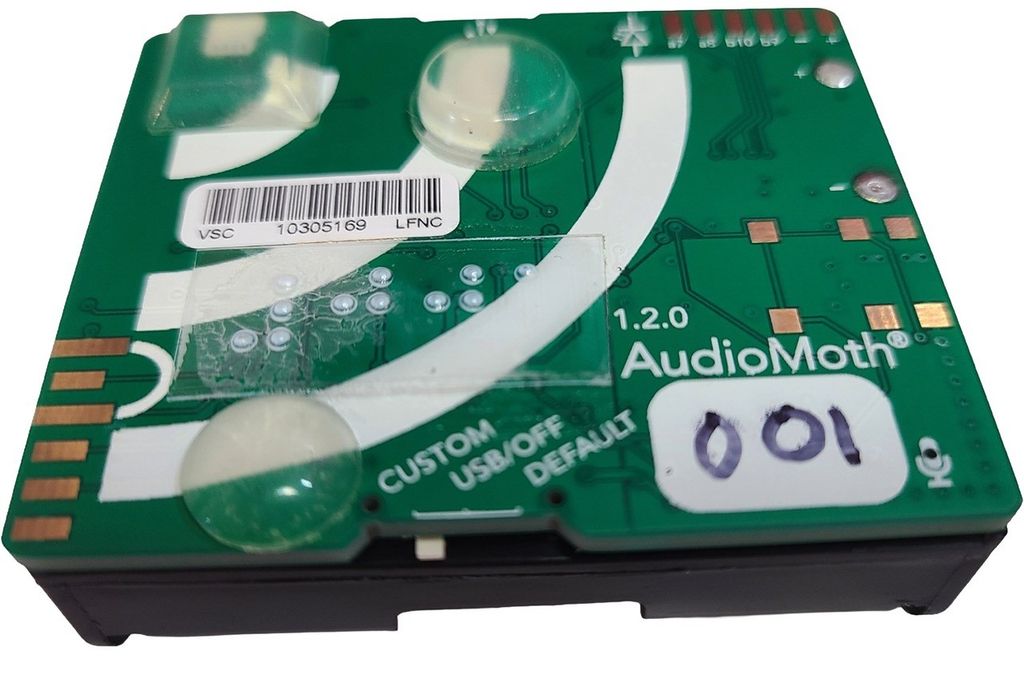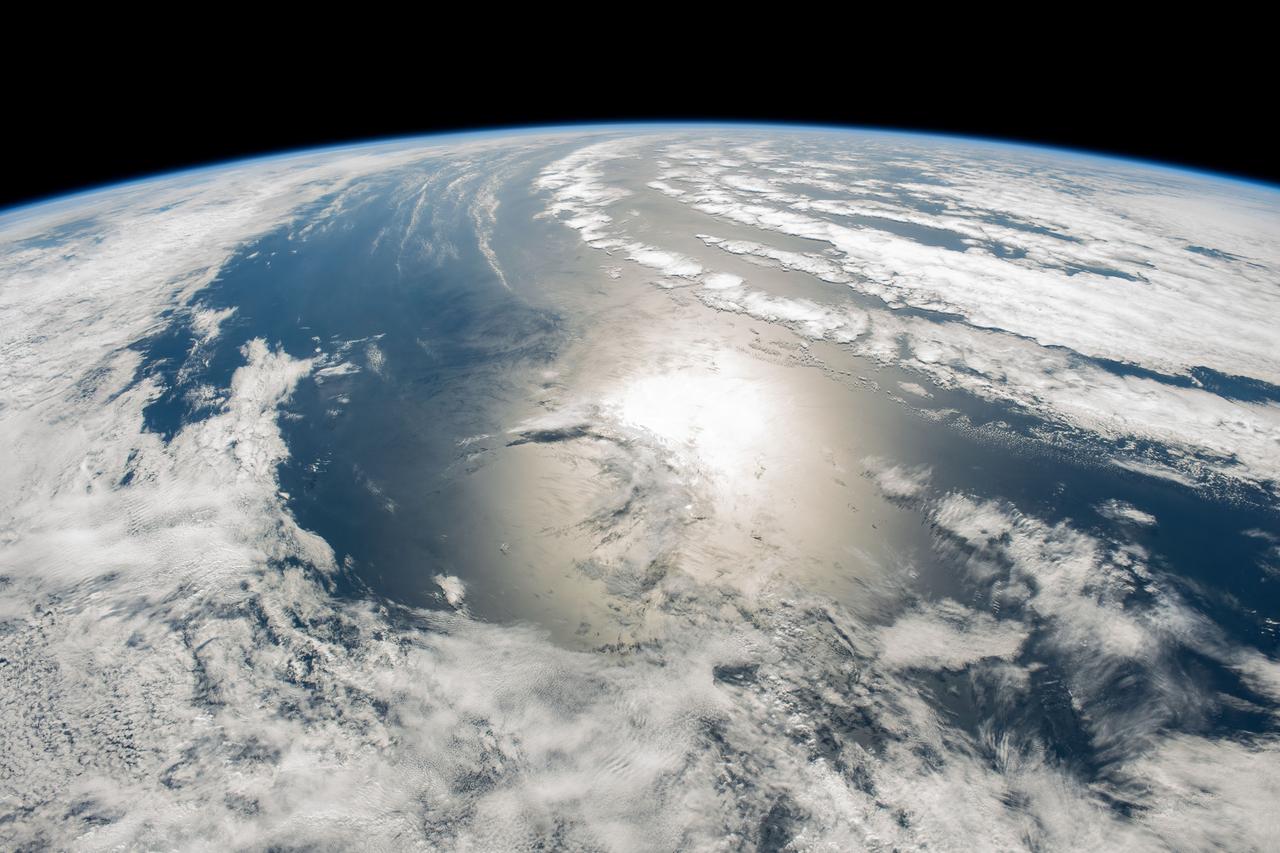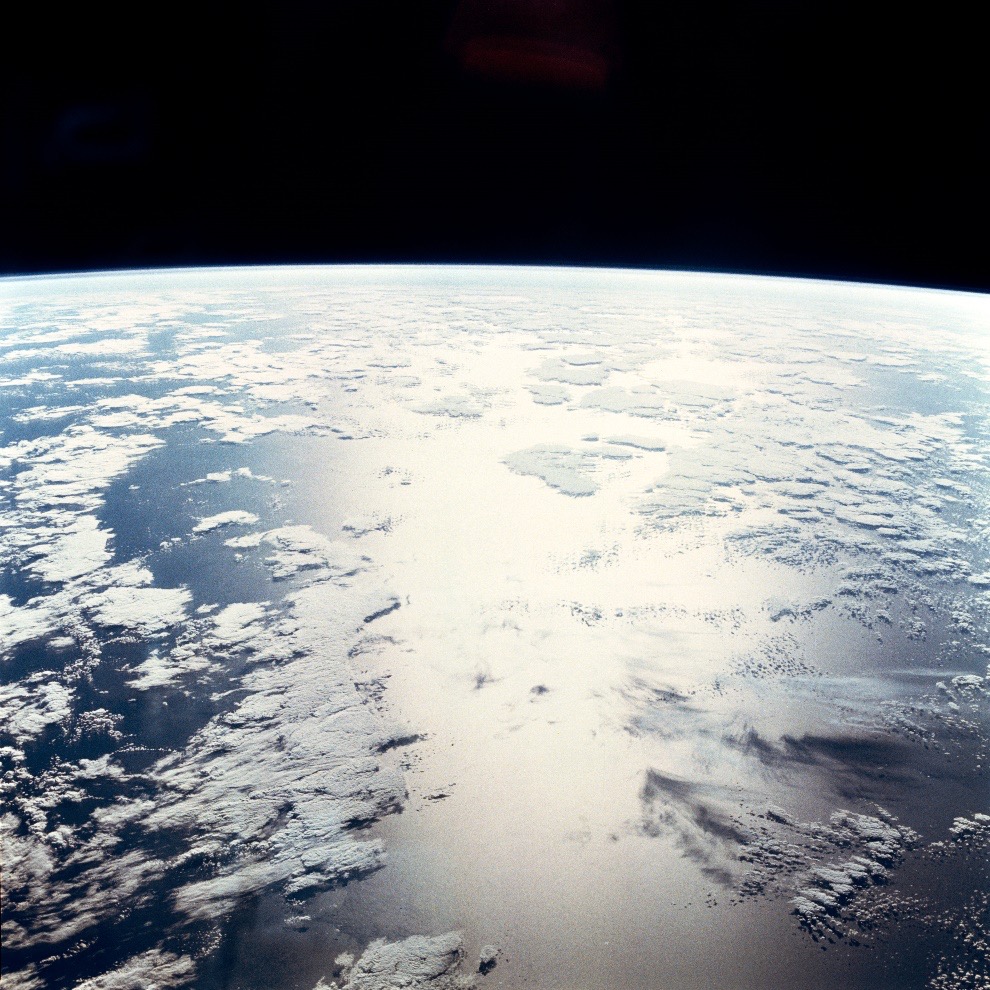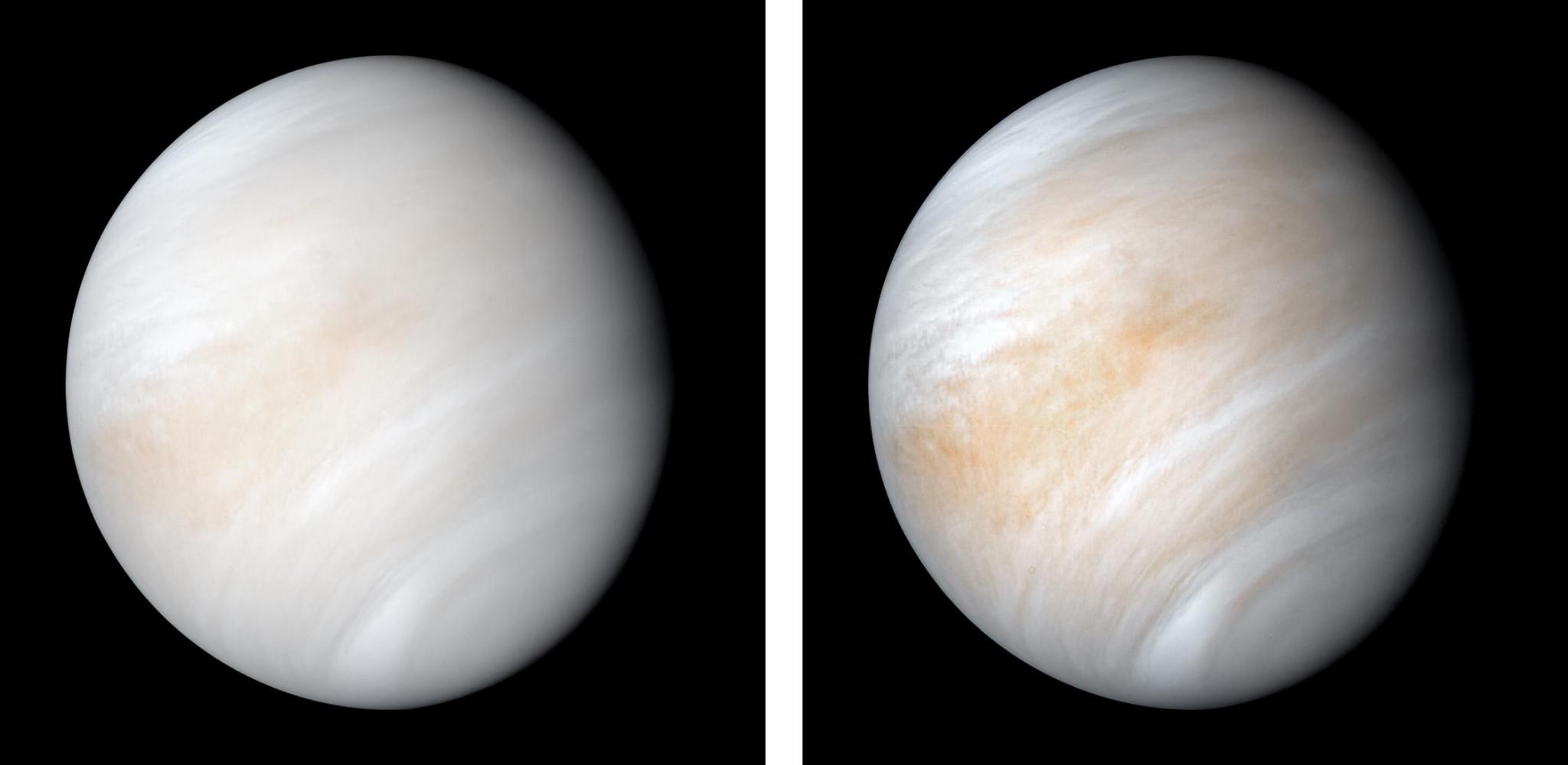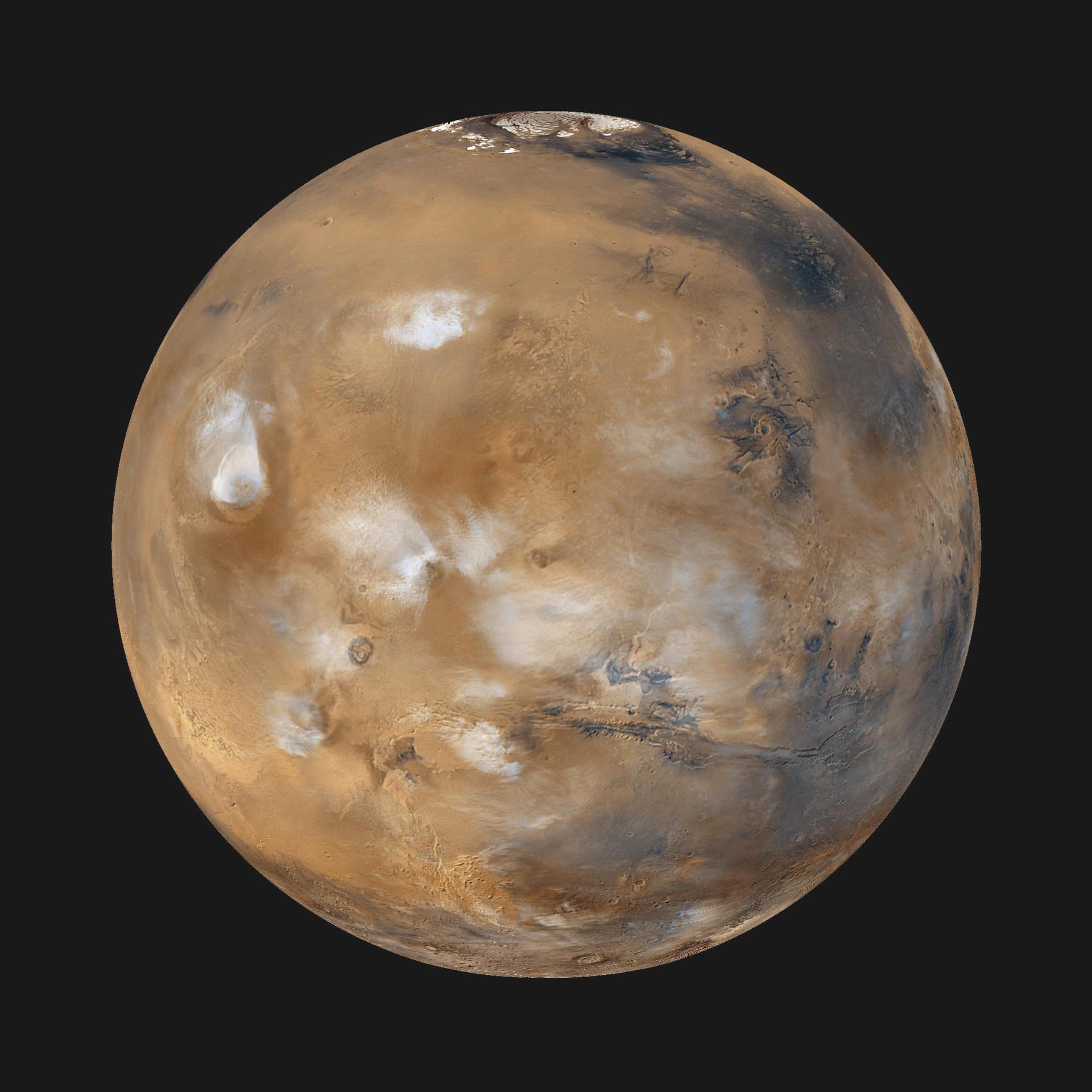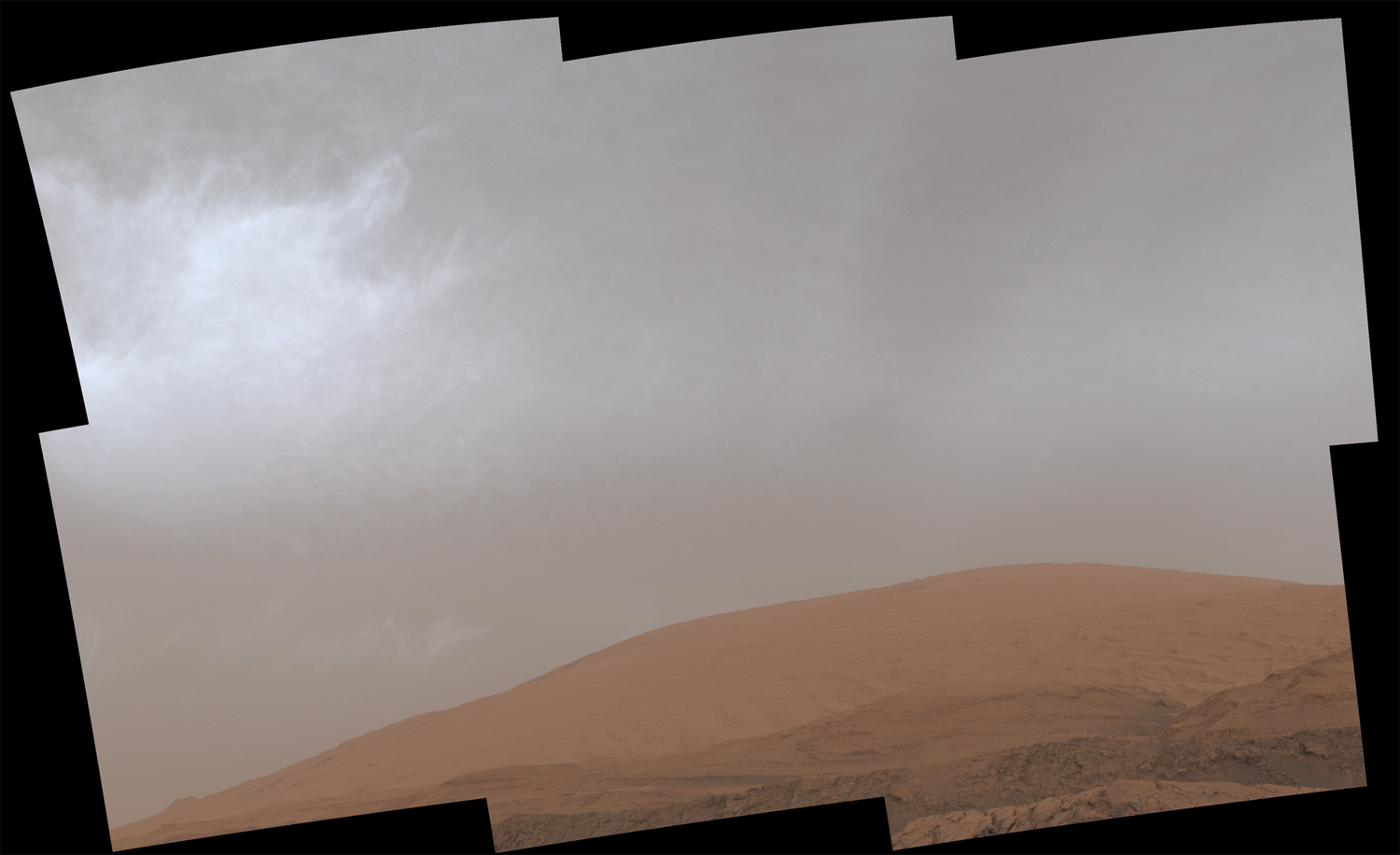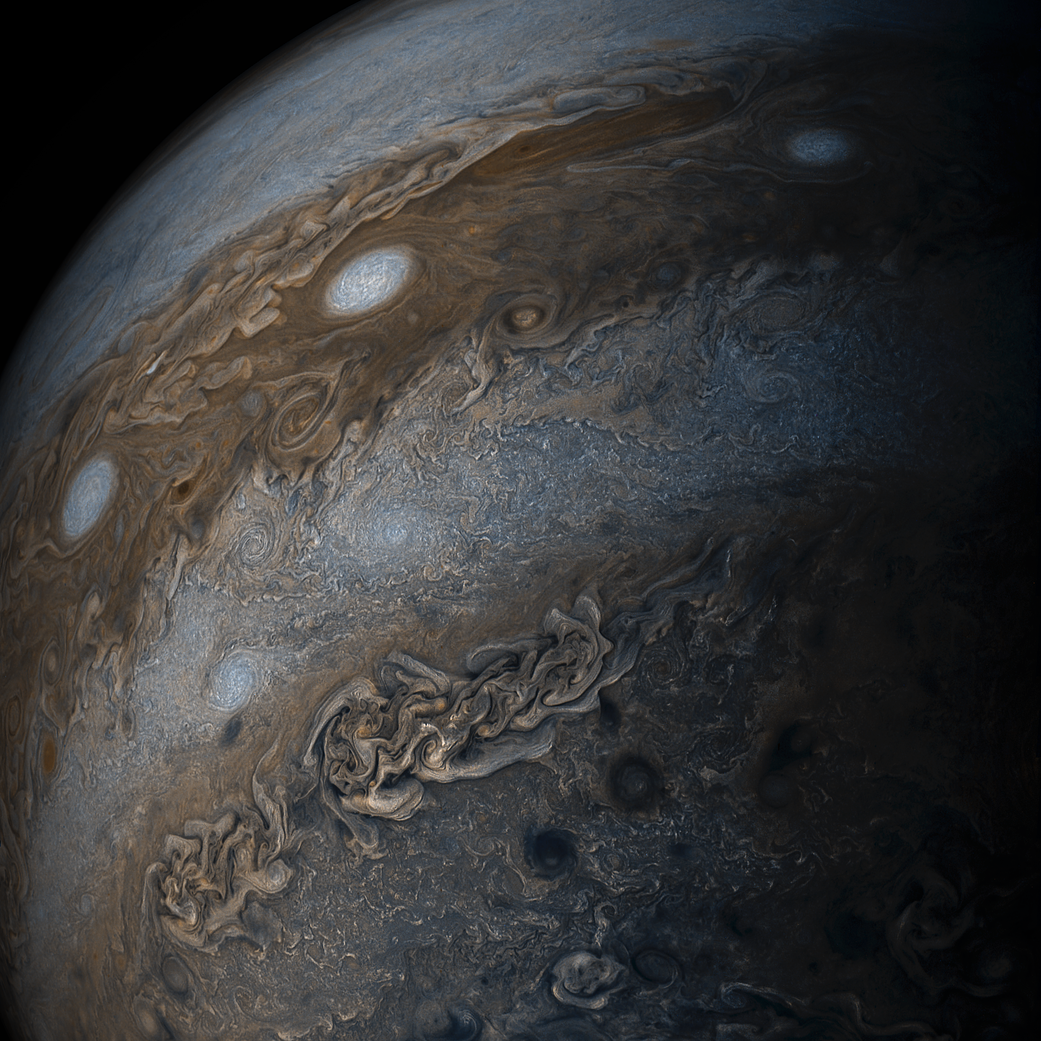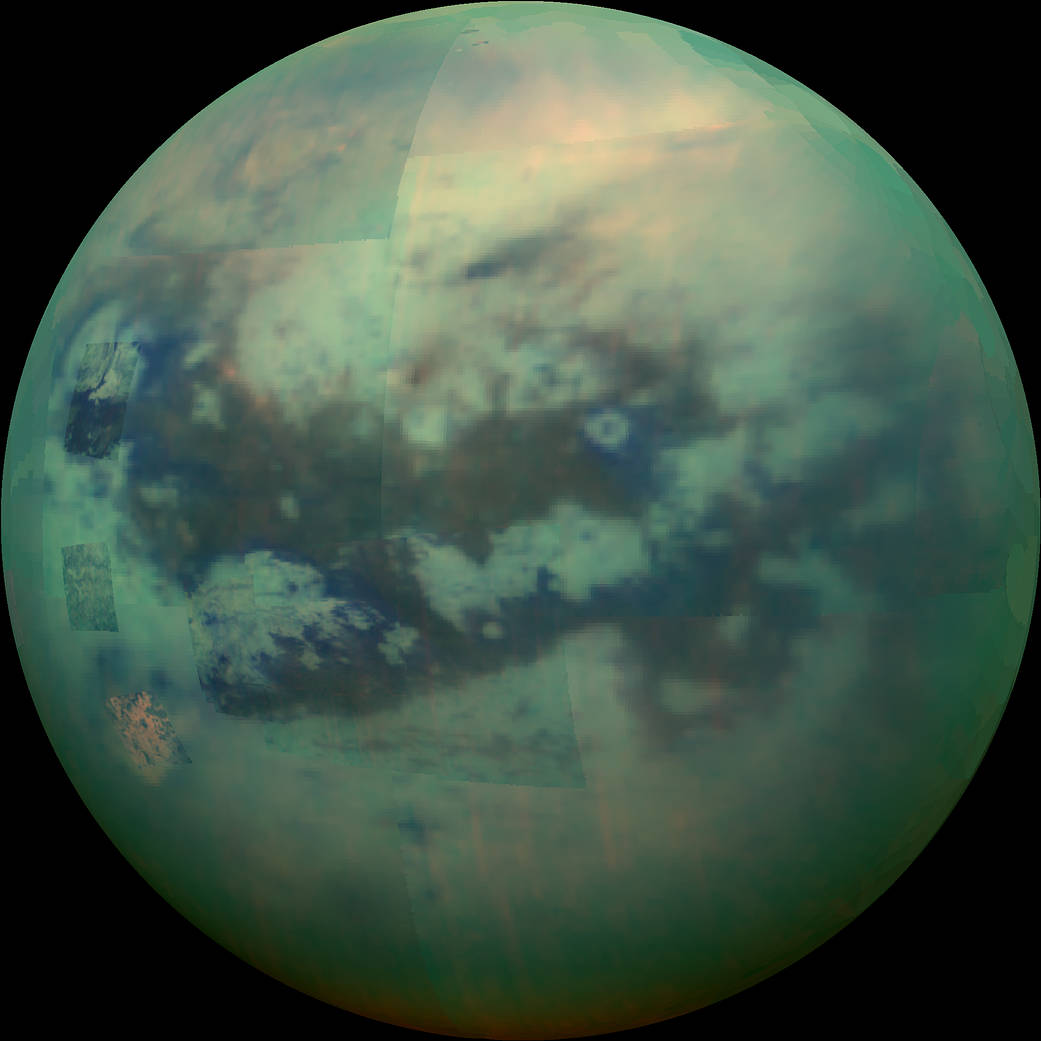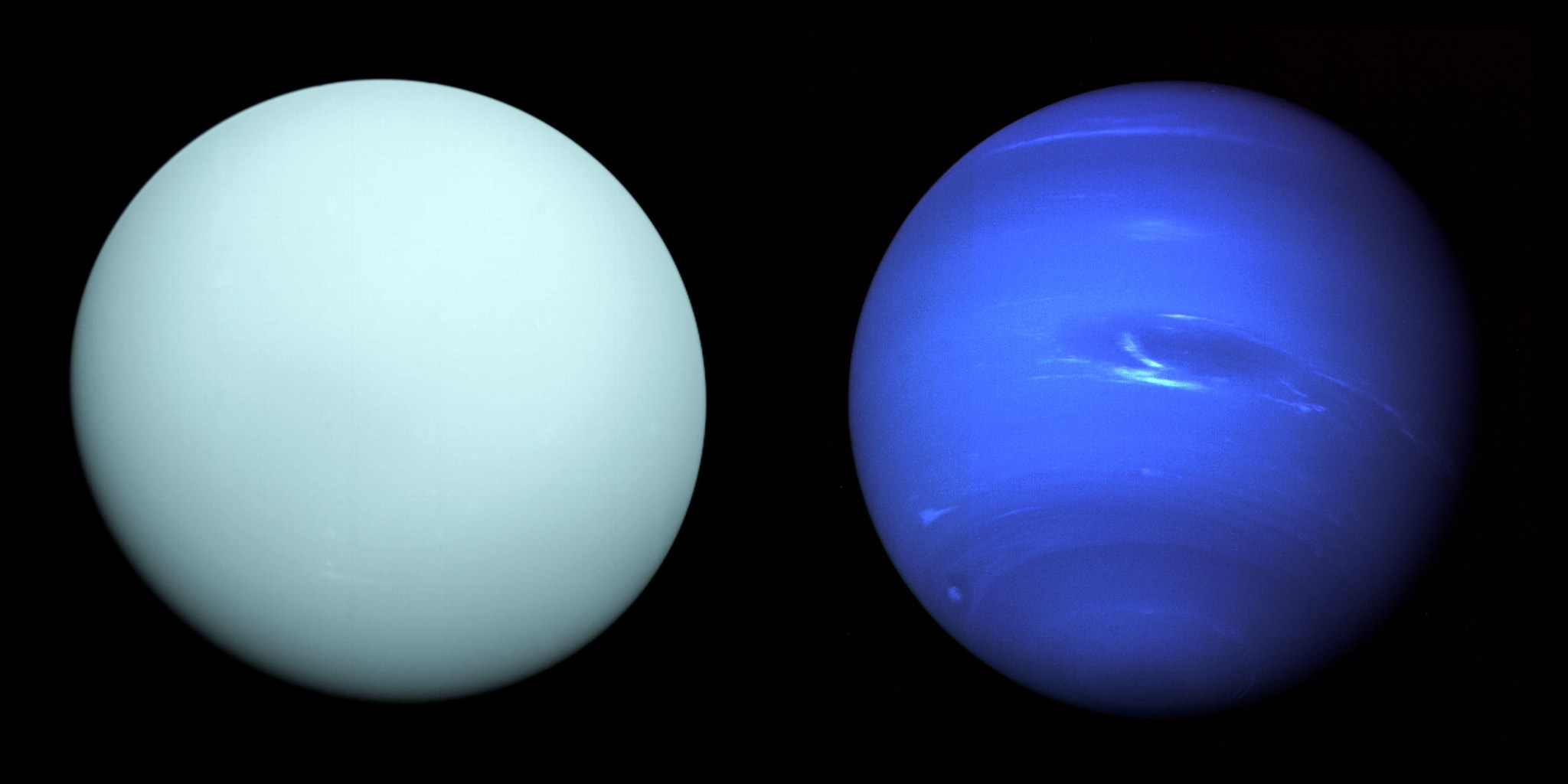Clouds on Earth
Clouds on Earth are made of many tiny water droplets or ice crystals floating in the sky. Water from oceans, rivers, and lakes turns into a gas called water vapor and rises into the air. When there’s enough water vapor in the sky, it sticks to small particles called aerosol particles and forms tiny water drops. These drops come together to make clouds. Sometimes, when these drops get too heavy, they fall down as rain or snow because of gravity. Clouds are important for Earth’s weather because they can cool the planet by reflecting sunlight back into space or warm it by trapping heat.
Clouds on Other Planets
Not all planets have clouds made of water like Earth. Each planet has clouds made of different things. For example:
Venus
Venus has clouds made of sulfuric acid that cover the whole planet. These clouds reflect a lot of sunlight away and trap heat, making Venus very hot.
Mars
Mars has water ice clouds and frozen carbon dioxide clouds. These clouds are usually seen in certain places on Mars. Water ice clouds are thin and patchy and usually observed in the winter season.
Jupiter and Saturn
Jupiter and Saturn have clouds made of different chemicals in different layers, like water ice and ammonium hydrosulfide.
Titan (Saturn’s Moon)
Titan, a moon of Saturn, has clouds made of methane gas.
Uranus and Neptune
Uranus and Neptune have clouds made of water ammonia solution, water ice, and methane ice at different levels.
Learn More about Planetary Clouds
We know a lot about clouds on Earth compared to clouds on other planets. Scientists are trying to learn more using special tools and experiments. They hope to understand how clouds work on other planets and what they’re made of. Chambers have been used to study clouds on Earth. The planetary cloud and aerosol research facility will be used to study clouds from other planets.










